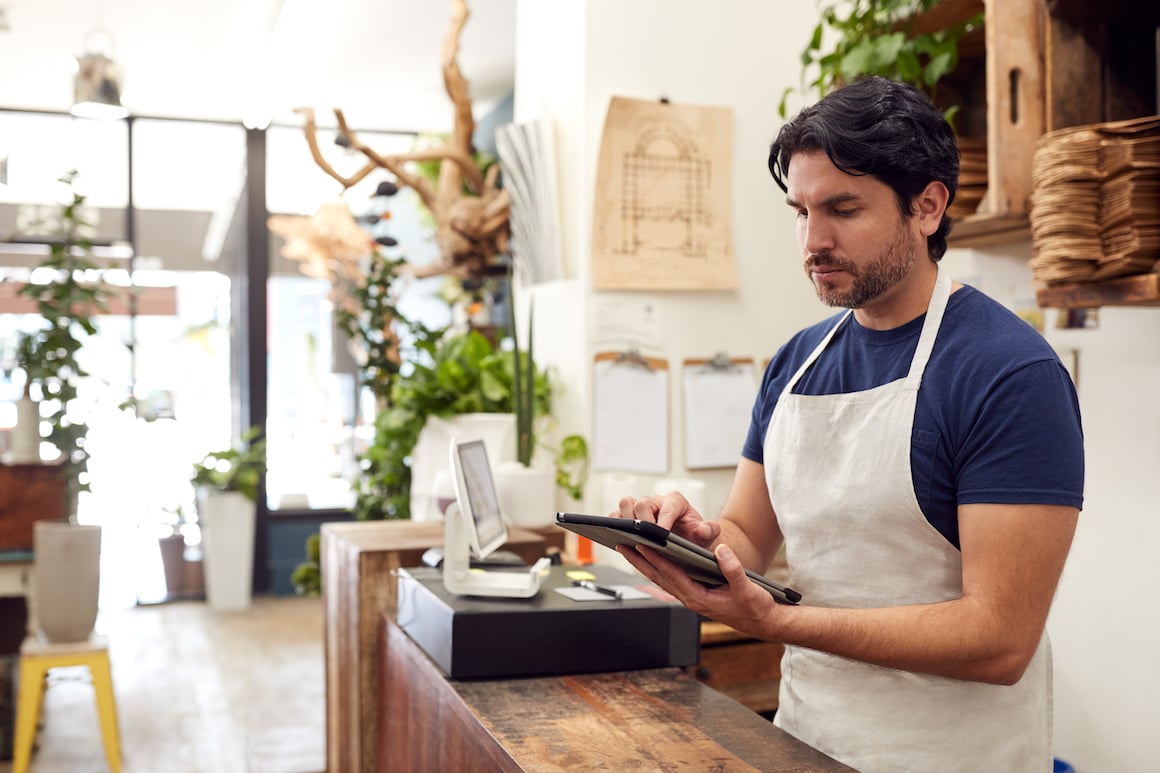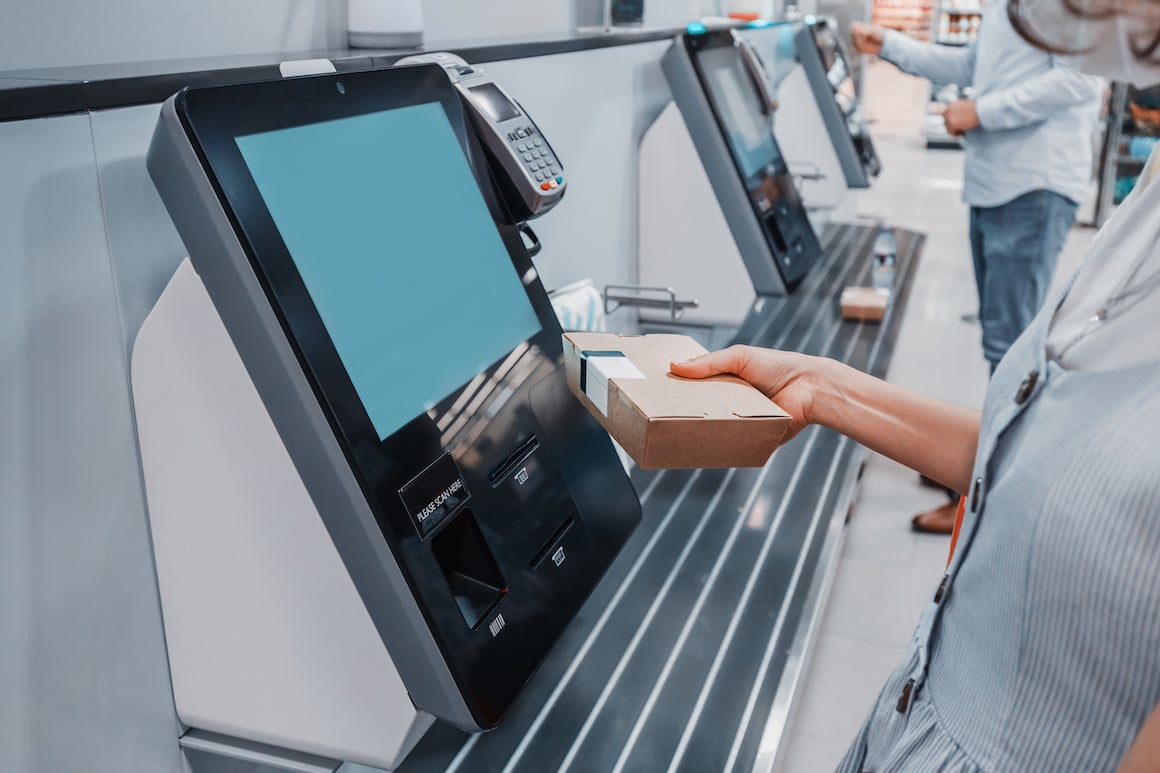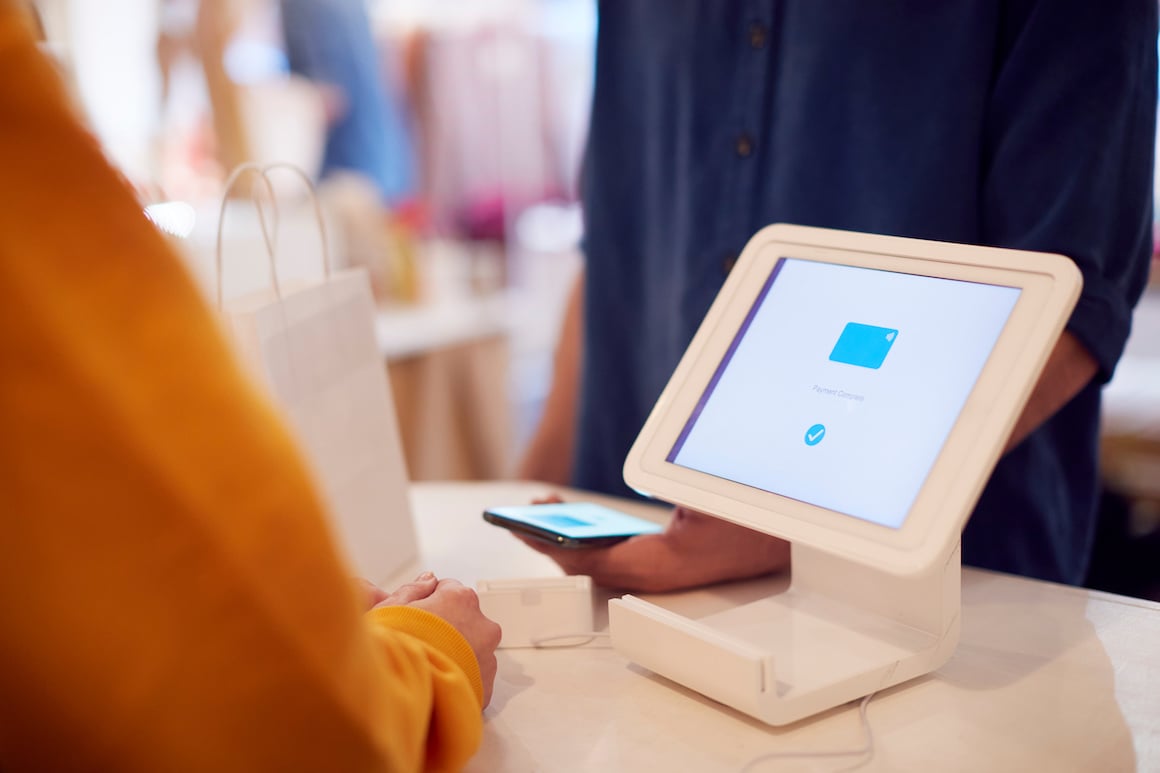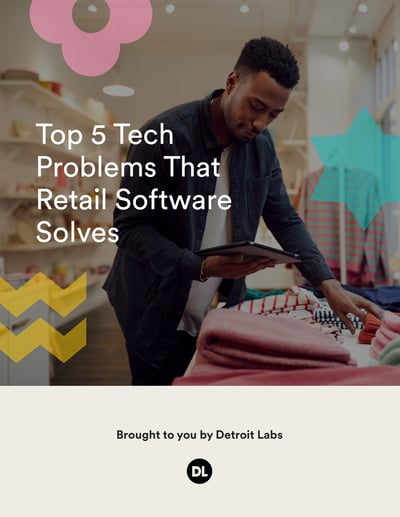
Terms such as “multichannel” and “omnichannel” frequently get tossed around in the retail space, and they start to feel as jargony as “fulfillment” or “supply chain.” Many retail organizations jump on board, adopting omnichannel strategies without fully understanding what’s required to do so successfully.
So what should go into this decision? Journey with us as we dig into the top pain points for retailers and how multichannel and omnichannel technology can help in a confusing, fast-paced, and changing industry.

Your store, website, social media—buying isn’t so simple these days. In fact, 95 percent of customers use at least three channels in a single interaction with a company. That is to say that shoppers may consult all of these sources—or more—before they commit to buying a cute new blouse or hot tech gadget, preferring to research, price compare, and make an informed decision. As a result, your brand needs to be everywhere.
Going multichannel or omnichannel can be a bit of a head-scratcher, but the differences are clear in how you use them.
Multichannel strategies use various touchpoints and allow customers to perform the same actions on any of them. In a multichannel approach, touchpoints—such as your store or website—are independent of one another. This differs from an omnichannel approach because there’s minimal data integration between channels.
Example: Your physical store has a website but doesn’t share inventory. Marketing, sales, and returns may be made on one channel, but the actions don’t propagate across platforms.

Your brand wants to be everywhere to leverage as many opportunities as possible. Omnichannel is customer-centric and ties together all available means to reach customers rather than just providing a choice of channels.
Omnichannel doesn’t simply mean being everywhere. It’s more about sharing everywhere to create a unified experience. Information gets shared across platforms to provide excellent service at every touchpoint, including:
Here, your platforms “talk” to one another so information is always up to date and customers are happy.
Example: A customer places an order through a website, checks the status of their order via Facebook Messenger, and picks it up in-store when it arrives.

Did you know that U.S. consumers spent more than $861 billion online in 2020? On top of this, 68 percent of U.S. shoppers have used buy online, pick up in-store (BOPIS) more than once.
It helps to put your business out there, but being everywhere doesn’t even matter if you can’t support your efforts. Every channel you manage needs the right infrastructure, which can be overwhelming. That’s because data from each channel must come together to inform decision makers, supply chain managers, retail staff, and customers.
We talked about the importance of application programming interfaces (APIs) before, and their utility keeps expanding—including supporting omnichannel retail. According to Qualtrics, companies that earn $1 billion gain an average of $700 million annually within three years of pursuing an omnichannel approach. It may not be practical to go all-out on your tech stack right now, but that doesn’t mean you have to sacrifice quality information. APIs can help if you are not on an all encompassing system or custom application.

“Communication is key,” as the cliché goes. And technology is no exception. In fact, multichannel approaches can lead to supply chain issues because technologies don’t speak to each other.
And think about the last few years. Remember how out of sync retailers and suppliers were during the COVID-19 pandemic? This exposed a lack of information sharing about inventory management, fulfillment, and warehouse management.
Example: One customer orders from your website, while another customer orders the same item by calling in, but there is only one item in the warehouse. Both sources are pulling from the same place, but the inventory won’t update until the item is physically removed.
By contrast, omnichannel systems share stock data across channels, giving you an accurate picture of available products across the board. Analytics reveal which items are more likely to sell, while the data uncovers items that otherwise might go unsold because the system has incorrect sales floor quantities.
Many retailers take this further by deploying an “endless aisle.” With an endless aisle model, stores order items online for shoppers who visit brick-and-mortar locations and discover that their must-haves are out of stock. Also known as “buy in store, ship to customer,” this service allows customers to get what they need with relative ease, as their in-store order arrives at their homes within days.
Example: Walmart lets in-store shoppers browse online inventory for delivery or pick up in a different store.

According to a McKinsey study, a slim 15 percent of B2B retailers expect in-person shopping to continue to be the norm. And both consumer culture and buying trends seem to prove them right. The same study found that 41 percent of sales leaders see e-commerce as their most effective sales route—beating out the 37 percent who still favor in-person.
The move to increasingly digitally focused shopping lessens the sting of an ever-present labor shortage in retail. Experts estimate that 83 percent of retailers are going all-out on recruitment and retention. But with new opportunities on the horizon in retail technology, now might be the best time to pivot and invest in the workforce of the future, building skills focused on technology and automation.
Technology is picking up the slack where employees traditionally would provide assistance. Going beyond mobile websites, the right tech helps customers navigate and make purchases.

“Paper or plastic?” Better make that, “Multichannel or omnichannel?” For what it’s worth, retailers using omnichannel approaches are more successful than their multichannel counterparts.
Adopting integrated technology in physical retail spaces reduces unnecessary touchpoints and provides tools for added shopping convenience. Whatever your current tech stack looks like, your digital platforms and retail software need to speak to each other.
Work with a partner to determine the best strategy for your organization moving forward. Speak to our team to learn how to implement custom retail software and make it work seamlessly to enhance the customer experience.
